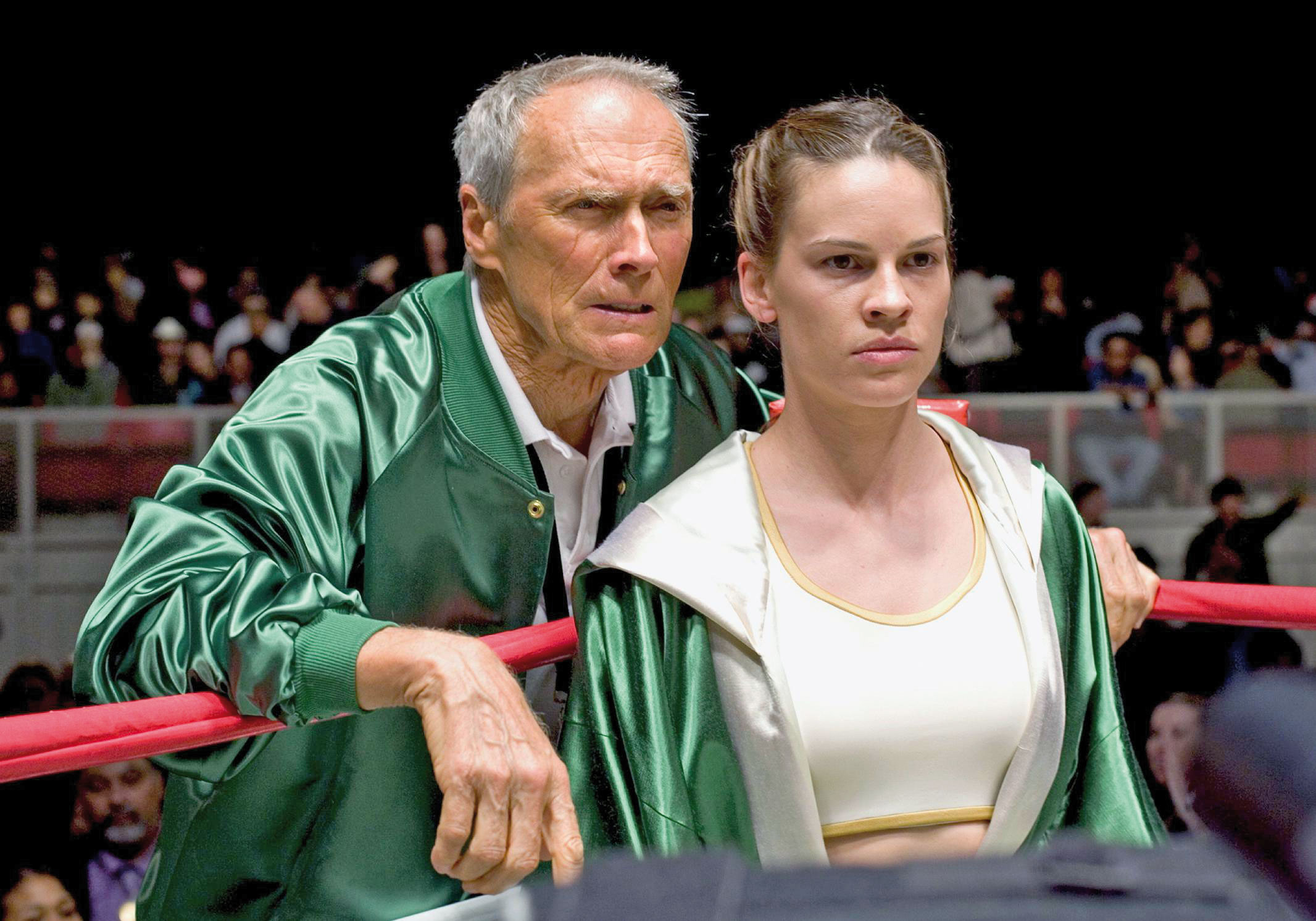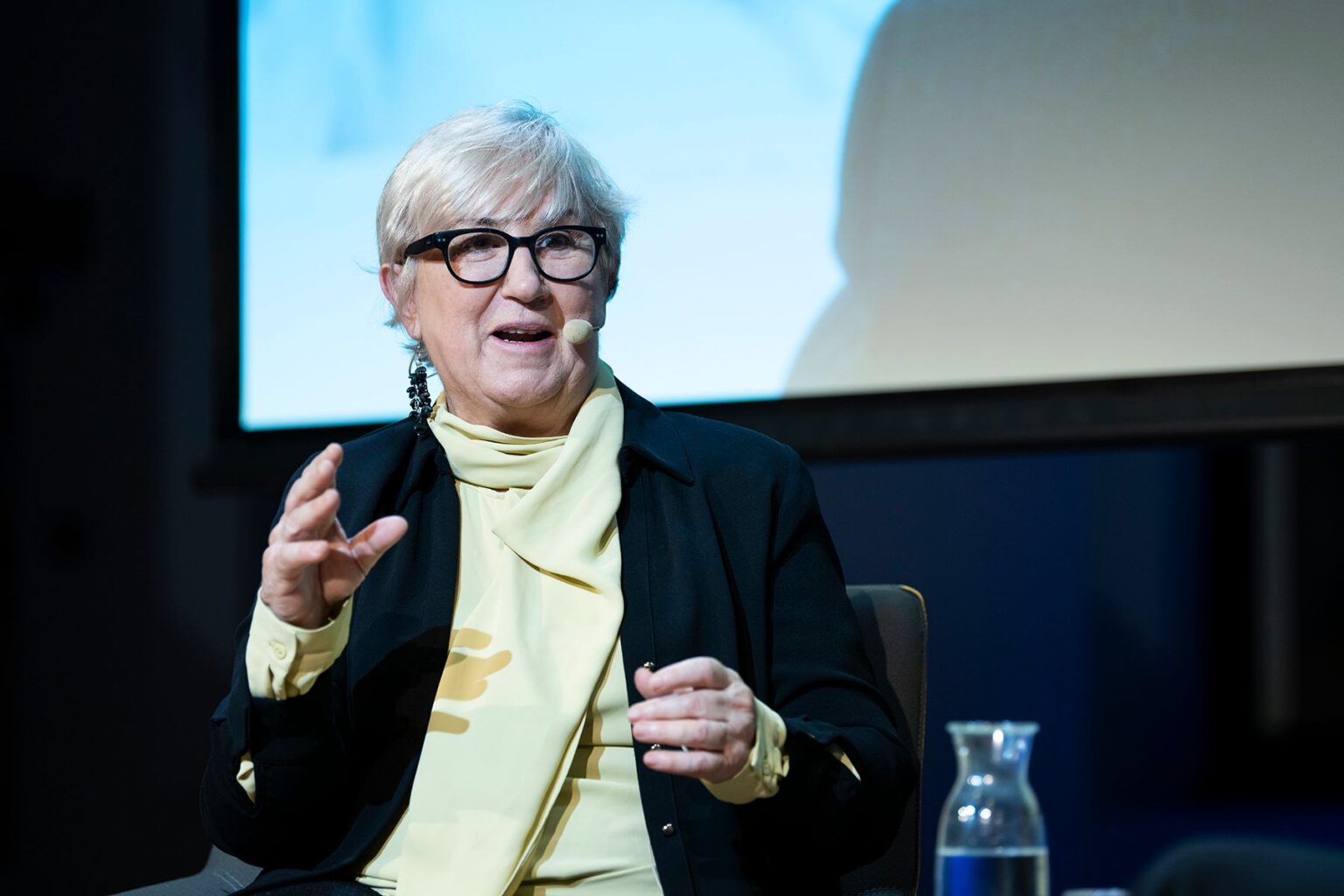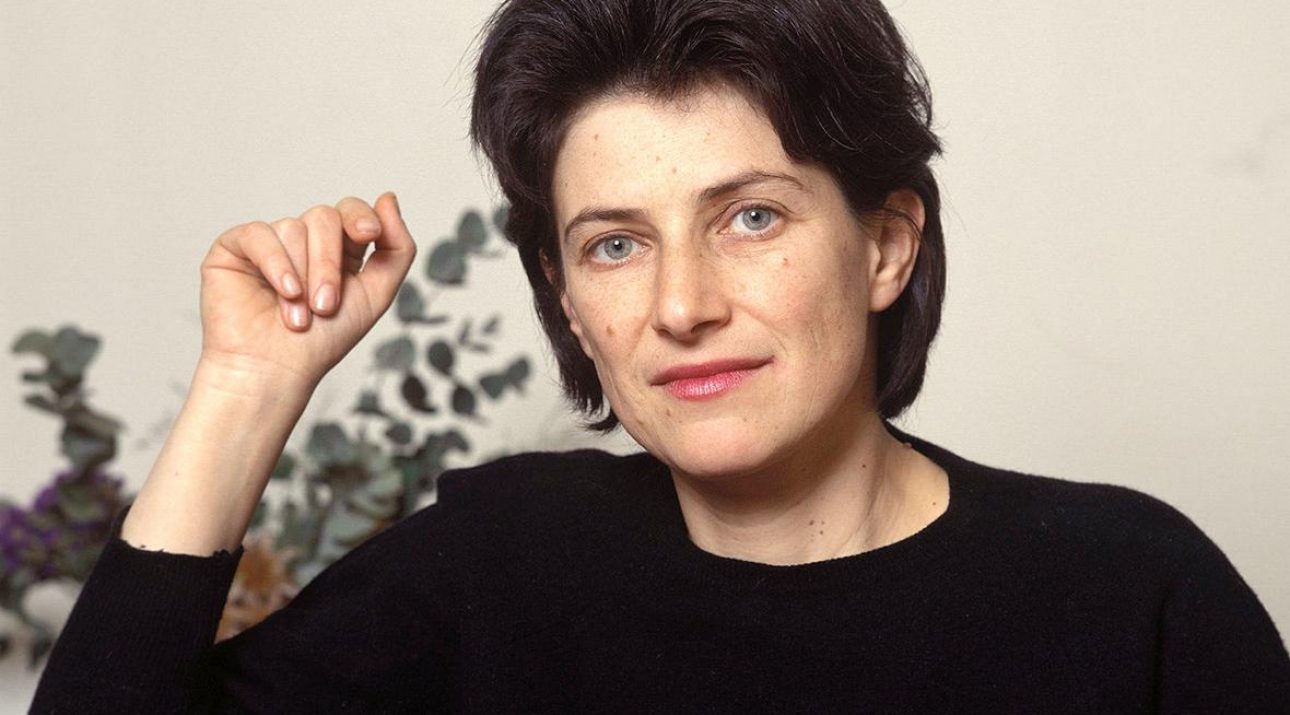Hollywood is not pleased with female athletes
- Reflecting the weight of sport in society, films based on physical exercise have multiplied to the point of becoming almost a genre in film. These are stories full of personal overcoming or group epic, but who are the protagonists? Where are the women?

Every time we associate the image and the presence of the woman with the movies, we find data that we are ashamed of. As the woman mentioned in her article of Nordic teleseries (number 2,480 of ARGIA), the report Gender Inequality in Film, published a few months ago by the New York Film Academy, analyzed the female roles in film, based on the 500 Hollywood films that have raised the most money between 2007 and 2012. The report states that of all the roles that have text, only 30.8% are for women and only 15% of them are protagonists. If you think that this data is serious and shameful, you will fall backwards when you see how the sport performed by women in film has been treated. Well, to treat, to treat -- it would be to say too much, because for seventh art it doesn't even exist.
“But the same problem also appears in the media,” you will think. Of course, the presence and treatment of female sport in the general press of the Basque Country and in sports newspapers for example, of the 15,316 new ones taken into account, 14,006, 91.4%, relate to male sport, while those referring to female sport refer only to 760 (4.96%). Only one in three news stories about women's sport offer the image of a talking athlete. In the analyzed period, of the 632 news items on the cover of the newspapers, 26 referred to women, 4.11%. But that doesn't have to influence the creative process of films. It should operate independently and, by striking a blow on the table, praise the presence of women in sport, moving them away from what is happening in the media. As you can imagine, the reality, unfortunately, is very different. How has all this been portrayed by the seventh art that is still machista today? In a very unworthy way.
To know if this is a matter of generation or time, I have tried to analyze two examples with a difference of 75 years, and then try to understand everything in between. On the one hand, the Playing the Field series, which was broadcast in England between 1998 and 2002, reports the day-to-day life of a female football team, received several nominations at the BAFTA Awards for the best drama series, in addition to getting applause from the public and criticism, managed to break the “invisible barrier”.
On the other hand, to find out if classical cinema offers another perspective, we will take The Fair Co-Ed from 1927: the synopsis says that “as a very brave girl, Marion Bright (Marion Davies) is ready to do everything to achieve her goal. The name of this goal is Bob. To conquer it, she will go to the same university and try to be the best of the basketball team in which she trains.” Embarrassing, isn't it? This is the first film starring a female athlete. All that is between these two examples is, as you would expect, regrettable. Classical cinema has, in most cases, shamefully reflected the image of women.
But since there is no concrete data or statistics linking sport and cinema to women, and in order not to go blind, we have made a small test. Go to the web www.filmaffinity.com, one of the largest online movies databases with the IMDB, and try to find a list of films whose main theme is sport. There are 1,636 titles. In the second position Clint Eastwood has been left, with a Million dollar baby of penalti. A movie starring Hillary Swank about a boxer woman. From there, cricket sounds. Apart from the miserable films of the institute aimed at animators and adolescents, only 10% of them are female athletes. The women of those few films that meet this condition, in addition, appear almost always accompanied by a man. And with traits of delicacy and tonality glued. In the well-known Bechdel, a system for measuring gender inequality in films, comics, plays and other cultural products, I would add a fourth point: in addition to explaining to women, to show the real characteristics that are in contact with reality. The most notable exceptions in recent years could be Like Beckham, A League of their own, Soul surfer, Whip It, Million dollar baby or Queen of Katwe, the last Mira Nair movie based on the life of Phiona Mutesi, which is premiered this year if chess is considered sport.
It is true that the image has been evolving in relation to the Hollywood classic, but fundamentally, this sad trend has not changed at all. The influence of cinema is very great in today's society and if more stories were offered to women's sport, the thought of society would change. Above all, reflecting the real image of women and disseminating a non-sexist conception, it is possible to increase their presence in the media. Or should the media take the first step for film to then address those stories? Whatever it is, we need a change of mindset in all areas of society. That Mikel García also nudes the man in the Series of his blog and that they focus him on the moment of orgasm as he wrote in his article: “Taboos, moralisms, trade factors and machismo, a dangerous cocktail that still prevails today, by no means.”
No other land dokumentalaren zuzendari Hamdan Ballal kolono sionistek jipoitu zuten astelehenean bere herrian, beste hainbat palestinarrekin batera, eta Israelgo militarrek eraman zuten atxilo ondoren. Astarte goizean askatu dute.
Donostiako Tabakaleran, beste urte batez, hitza eta irudia elkar nahasi eta lotu dituzte Zinea eta literatura jardunaldietan. Aurten, Chantal Akerman zinegile belgikarraren obra izan dute aztergai; haren film bana hautatu eta aztertu dute Itxaro Bordak, Karmele Jaiok eta Danele... [+]
35 film aurkeztu dira lehiaketara eta zortzi aukeratu dituzte ikusgai egoteko Euskal Herriko 51 udalerritan. Euskarazko lanak egiten dituzten sortzaileak eta haiek ekoitzitako film laburrak ezagutaraztea da helburua. Taupa mugimenduak antolatzen du ekimena.
Pantailak Euskarazek eta Hizkuntz Eskubideen Behatokiak aurkeztu dituzte datu "kezkagarriak". Euskaraz eskaini diren estreinaldi kopurua ez dela %1,6ra iritsi ondorioztatu dute. Erakunde publikoei eskatu diete "herritar guztien hizkuntza eskubideak" zinemetan ere... [+]
Geroz eta ekoizpen gehiagok baliatzen dituzte teknologia berriak, izan plano orokor eta jendetsuak figurante bidez egitea aurrezteko, izan efektu bereziak are azkarrago egiteko. Azken urtean, dena den, Euskal Herriko zine-aretoak gehien bete dituztenetako bi pelikulek adimen... [+]
Otsailaren 24tik eta martxoaren 1era bitartean, astebetez 60 lan proiektatuko dituzte Punto de Vista zinema dokumentalaren jaialdian. Hamar film luze eta zazpi labur lehiatuko dira Sail Ofizialean; tartean mundu mailako lau estreinaldi eta Maddi Barber eta Marina Lameiro... [+]
A conference for architects has just been held in Madrid to discuss the crisis of the professional architect. They have distinguished the traditional and contemporary way of being an architect. What is traditional? From the epic architect who appears in The Brutalist, where... [+]























